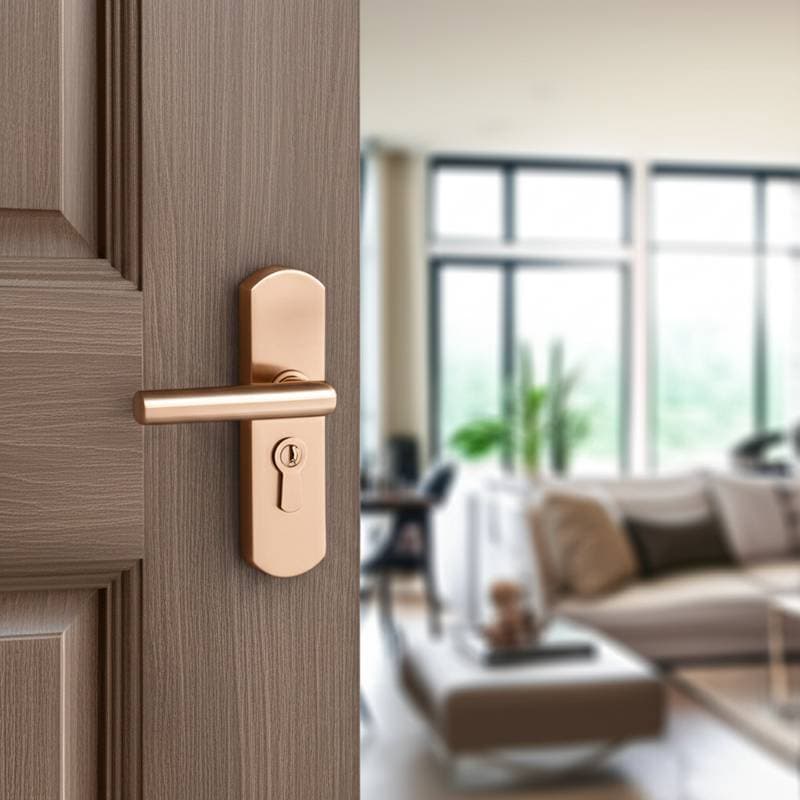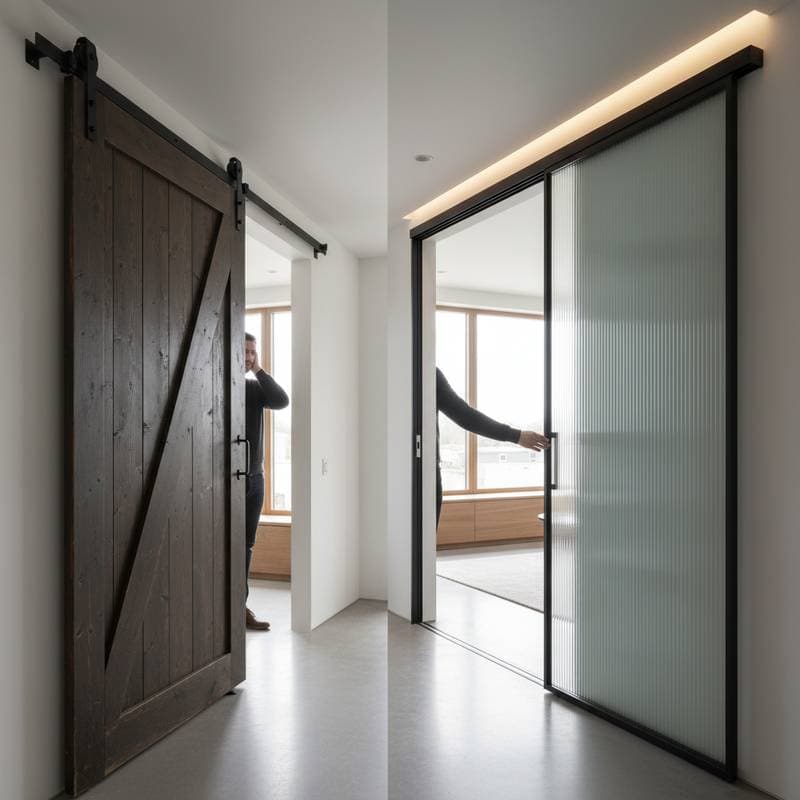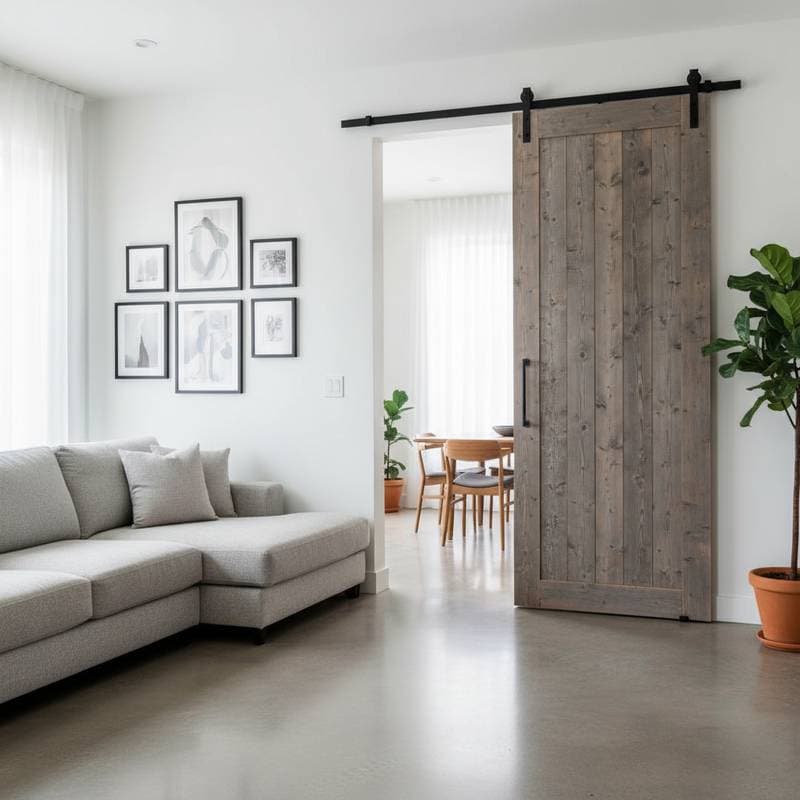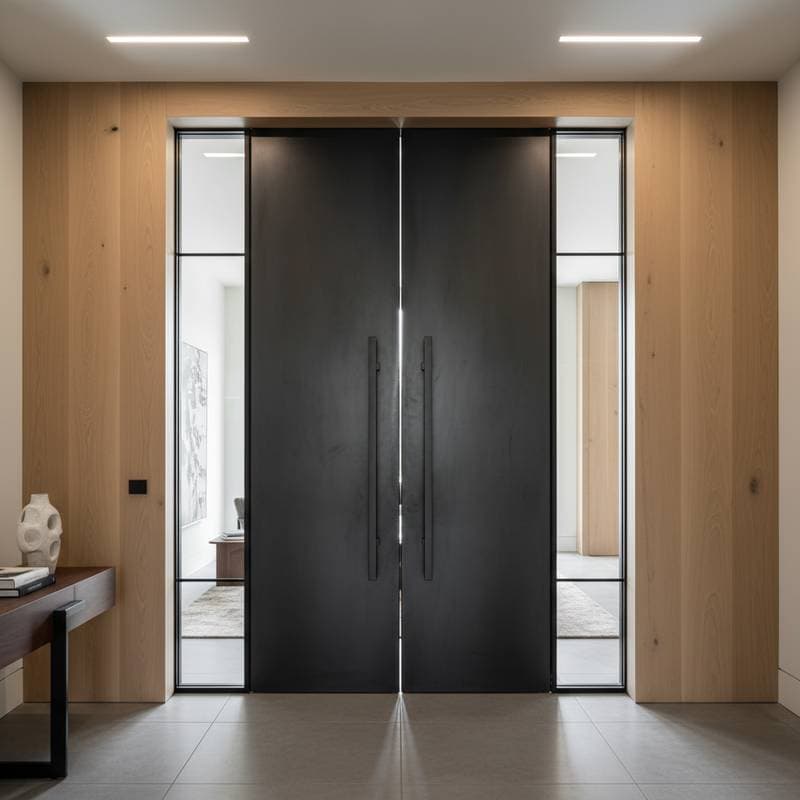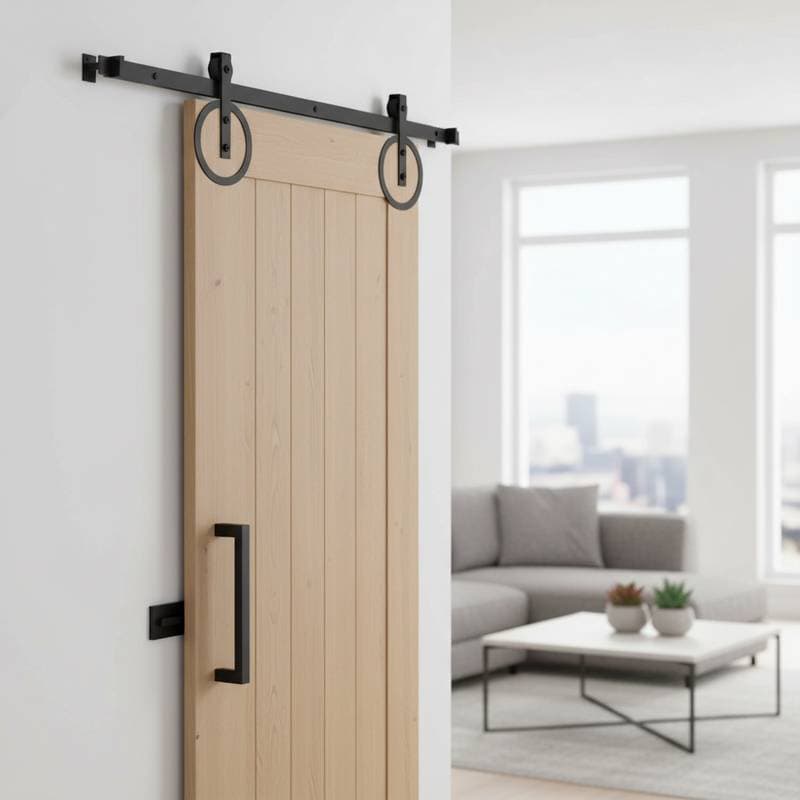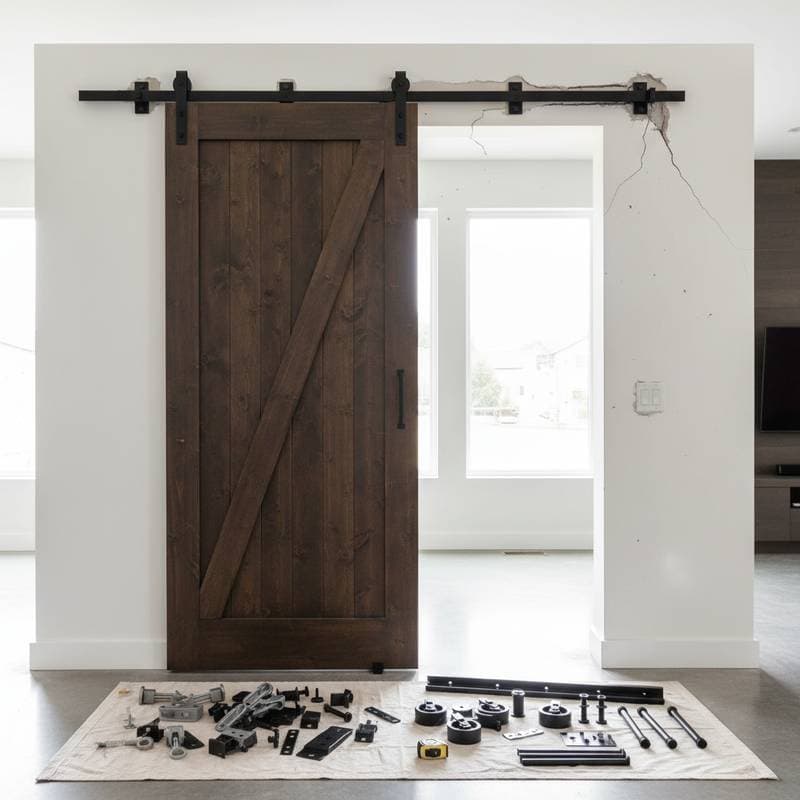Hospital-Grade Handles Kill Germs in Your Home
Homeowners increasingly recognize the frequency with which hands contact common surfaces. Door handles, cabinet pulls, and hardware on high-traffic doors rank among the most touched items in a residence. These areas often harbor bacteria and viruses that transfer readily between individuals. This awareness drives the adoption of hospital-grade antimicrobial hardware in homes, extending medical-grade protection to kitchens, bathrooms, and entryways for improved hygiene and design.
This shift merges health safeguards with aesthetic refinement. Residents achieve functionality without sacrificing style. Contemporary antimicrobial handles, particularly those from copper alloys, transcend utilitarian appearances. They feature sleek finishes that harmonize with modern interiors and traditional wood doors, delivering clean, practical enhancements for spaces that balance form and cleanliness.
Why Antimicrobial Hardware Matters
Each interaction with a doorknob facilitates germ transfer. Regular cleaning proves challenging for every surface after every use. Hospital-grade handles utilize materials that inherently inhibit bacterial growth. Copper, brass, and select coated metals disrupt bacterial membranes via ongoing contact, minimizing contamination between cleanings. This inherent quality persists without reliance on chemicals or sprays.
In family settings, particularly with young children or older adults, such features provide reassurance. They prove valuable in compact areas shared by multiple occupants. Beyond sanitation, these handles elevate interior sophistication. Warm metallic hues or matte surfaces complement diverse wood grains, paint shades, and architectural motifs.
The Evolution of Antimicrobial Design
Antimicrobial hardware advances from basic utility to exquisite craftsmanship. Current offerings incorporate premium finishes, precise detailing, and ergonomic shapes that offer a solid grip. These elements align with trends in wellness, natural materials, and sustainable practices. Copper and bronze variants impart a subtle luster that enhances light oak, walnut, or subdued painted doors.
This development aligns with healthy home principles, favoring purposeful materials over mere ornamentation. The outcome combines visual warmth with intelligent functionality, supporting lifestyles that integrate cleanliness, ease, and appeal.
Three Strategies for Implementation
Budget Strategy ($150 - $400)
- Select copper alloy handles or knobs in brushed or satin finishes, available at standard hardware outlets.
- Target high-contact zones like bathroom or kitchen pantry doors, avoiding full replacements.
- Choose tool-free installation options to limit expenses.
Mid-Tier Strategy ($400 - $1,000)
- Opt for solid brass or bronze handles with antimicrobial treatments that develop gracefully over time.
- Unify finishes on door levers, cabinet pulls, and entry sets for consistency.
- Prioritize ergonomic designs with robust latches for reliable operation.
Premium Strategy ($1,000 - $3,000)
- Choose hospital-grade copper or copper-nickel hardware certified for antimicrobial efficacy, akin to healthcare standards but suited for homes.
- Integrate with custom stained wood or matte-lacquered doors to accentuate metal tones.
- Include coordinated hinges, plates, and locks for a seamless, enduring upgrade.
Material and Finish Selection Guide
- Windows: Brushed nickel or antimicrobial-coated bronze hardware resists fingerprints and sustains clarity in natural light. Copper-infused options on locks and cranks curb bacterial accumulation.
- Doors: Polished copper or oil-rubbed bronze pairs with solid or engineered wood doors. Matte black coatings provide sleek contrast for modern spaces; brushed copper suits glass-panel designs.
- Exterior Entry and Siding: Weather-durable bronze handles preserve antimicrobial traits outdoors. Align with smart locks in matching tones for uniformity.
- Trim and Details: Antimicrobial metal escutcheons and hinge plates ensure cohesion. Echo finishes in lighting and house numbers for integrated exteriors.
Essential Maintenance Practices
Antimicrobial metals actively diminish bacteria yet demand routine care. Copper and brass form a natural patina that preserves efficacy but shifts appearance. Some prefer this evolution; others maintain original brightness through polishing.
Use mild soap and water for cleaning. Steer clear of abrasives that compromise finishes. Microfiber cloths prevent scratches on coated items. Light wax applications sustain shine on metals; gentle buffing revives copper without impairing resistance.
For low-maintenance needs, PVD-coated antimicrobial hardware withstands tarnish and marks while retaining protective qualities, ideal for demanding households.
Common Pitfalls to Avoid
- Inconsistent Finishes: Pairing copper with chrome or black elements breaks harmony. Establish a primary finish and apply it consistently.
- Proportion Mismatches: Substantial doors demand matching handle scales; small ones appear disproportionate and endure less.
- Ergonomic Oversights: Angular designs with sharp edges reduce comfort. Verify smooth grips prior to purchase.
- Installation Shortcuts: Clean and align surfaces before fitting. Misalignment stresses mechanisms and accelerates wear.
Harmonizing Colors and Styles
Antimicrobial hardware integrates with targeted palettes. Warm coppers and bronzes enhance earth tones; cooler nickels suit minimalism. Effective pairings include:
- Brushed copper with creamy walls and light oak doors for warm modernity.
- Polished brass alongside navy or green doors for classic depth.
- Satin bronze with gray siding and off-white trim for natural poise.
- Matte black against white oak or concrete for softened industrial appeal.
- Rose gold tones with beige doors and ambient lighting for transitional vibrancy.
These schemes foster distinct atmospheres. Warm options evoke coziness; cool variants promote serenity. Sustain a single metal family across rooms for flow.
Scientific and Functional Advantages
Copper hardware's germ resistance dates to historical public applications, validated by current studies. Copper ions disrupt bacterial cells for rapid elimination. On touch surfaces, this yields sustained, quantifiable benefits.
Advancements refine alloys for reduced oxidation and stable hues. Options like antique copper, brushed brass, and satin bronze uphold performance across decor styles, blending science with residential elegance.
Upgrade Planning Essentials
Catalog existing hardware through detailed photos from multiple views, capturing context. Evaluate home architecture to guide selections. Review local regulations for exteriors. Factor in regional climate: humidity hastens patina, aridity necessitates UV protection. Define budgets, focusing on priority areas like entries and bathrooms.
Compare certified products from trusted sources, verifying antimicrobial claims to justify investments.
Integrating with Interior Wood Doors
Antimicrobial hardware revitalizes wood doors, merging grain textures with metallic subtlety. Matte black variants add modern restraint; aged bronze enhances rustic woods and neutrals.
Account for door thickness in spindle and plate choices. Professionals ensure fit, though basic tools suffice for many.
Integration Suggestions:
- Align cabinet pulls with door handles for kitchen-wide protection.
- Apply levers to bathroom entries and vanities for hygiene continuity.
- Use low-profile pulls on sliding doors in brushed copper for streamlined aesthetics.
- Synchronize exterior and interior sets for thematic consistency.
Environment-Specific Care
- Humid Areas: Wax copper quarterly to moderate patina.
- Dry Zones: Weekly soft-cloth dusting preserves luster.
- Coastal Settings: Rinse salt residue with water and dry promptly.
- Cold Climates: Exclude de-icers to protect coatings.
Achieving Lasting Elegance and Protection
Strategic finish choices, material planning, and upkeep enable homes to blend sophistication with security. Subtle updates or comprehensive overhauls alike deliver enduring style and utility through antimicrobial hardware.

